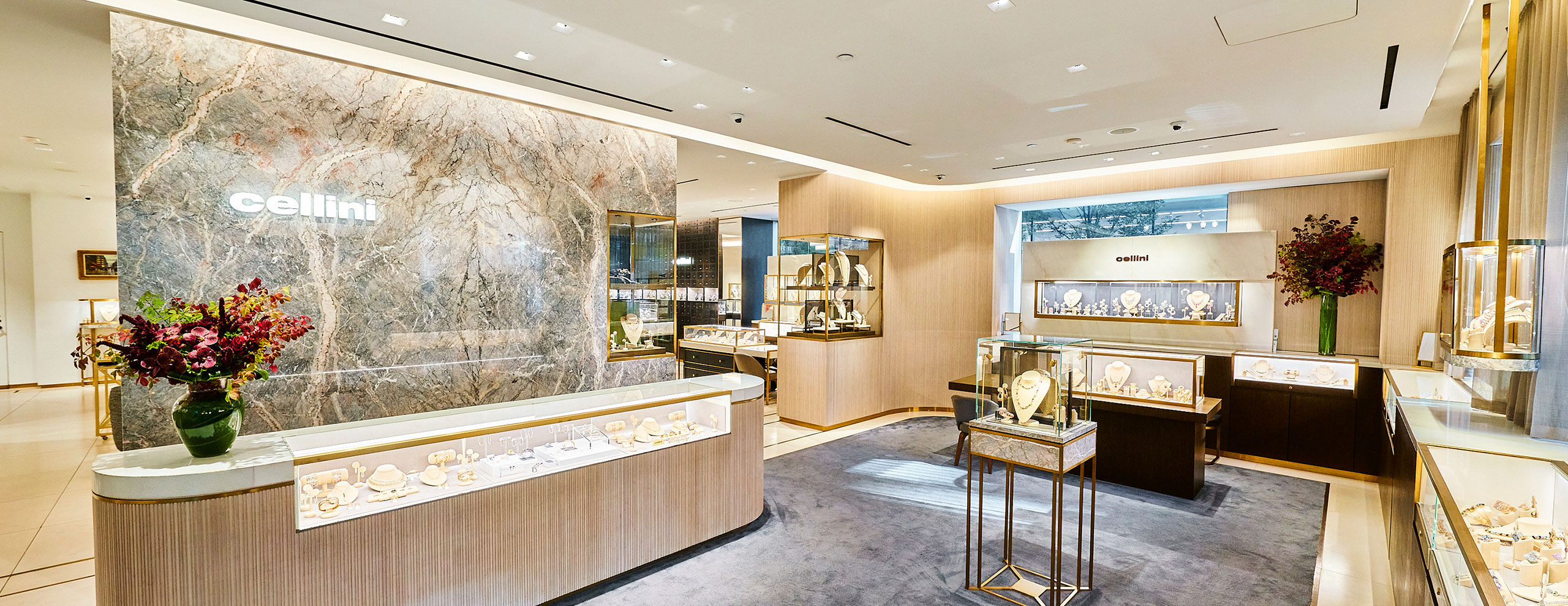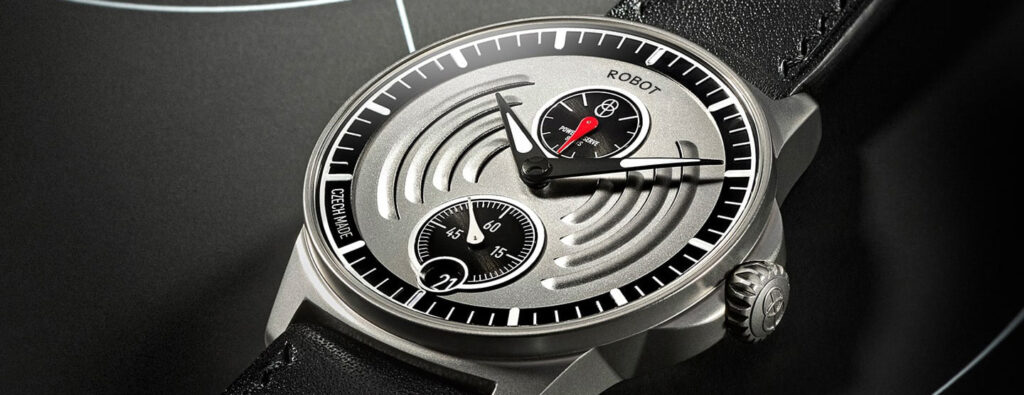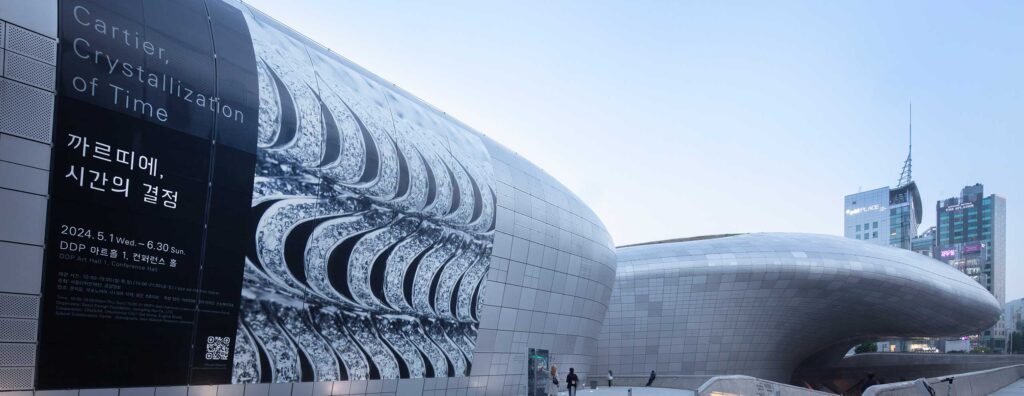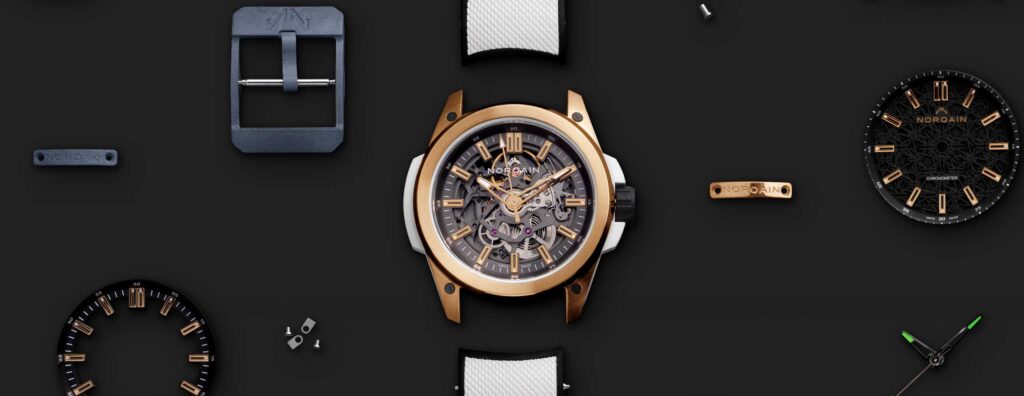Feature
Why Cellini Jewelers reigns supreme for New York’s elite
Feature
Why Cellini Jewelers reigns supreme for New York’s elite
In the sophisticated realm of high watchmaking and lavish jewelry, one name stands out amidst New York City’s glitterati: Cellini Jewelers. Established in 1977, Cellini today perpetuates a legacy of singular luxury, reaffirming its reign as the premier jeweler and purveyor of haute horlogerie in North America.
Then a 21-year-old fresh college graduate, Adams had always been fascinated by gemstones and haute horology. As luck would have it, his dad, who owned an antiques business, chanced upon an available store location within the famed establishment’s lobby that he thought would be suitable for a jewelry business for Leon.
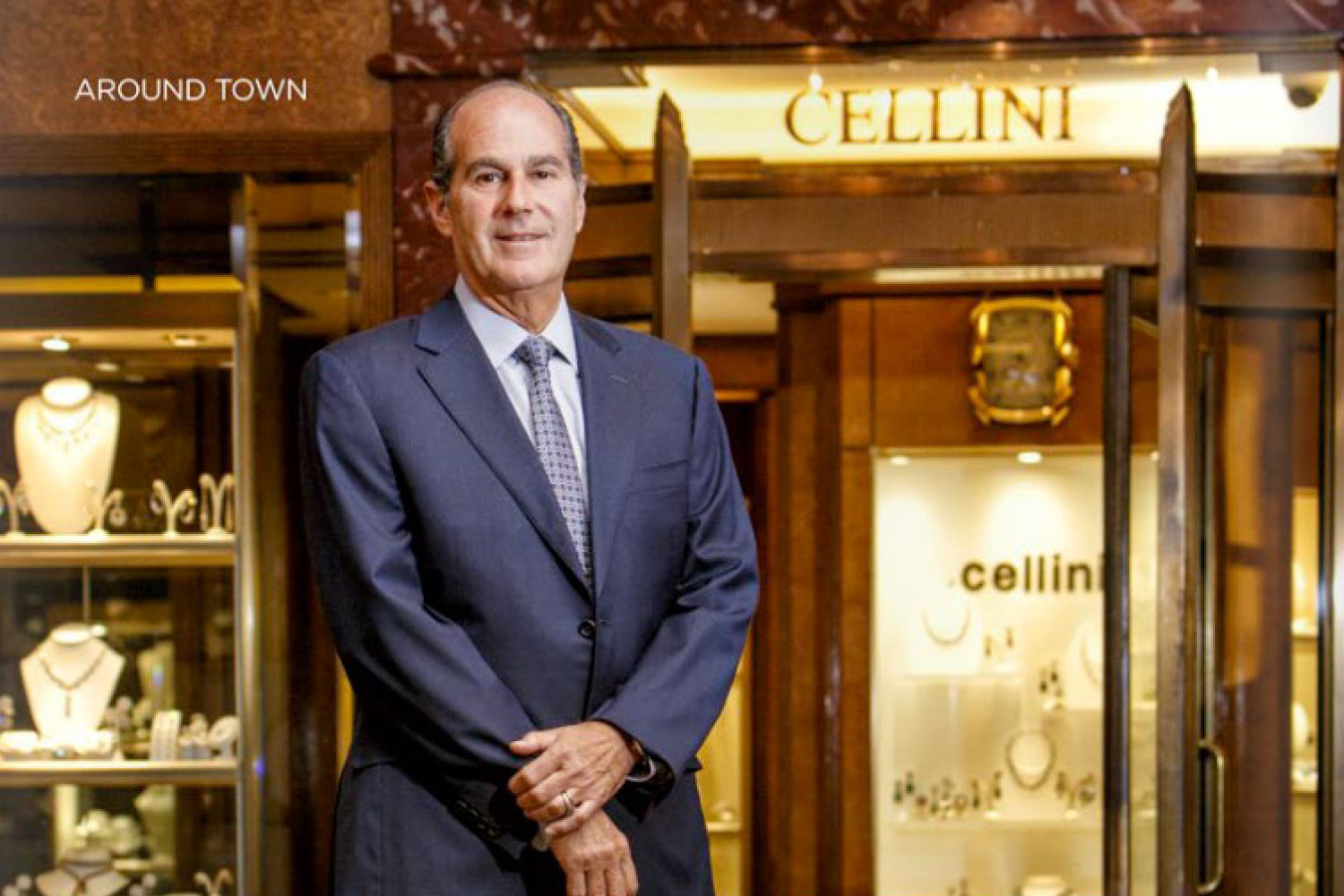
Cellini Jeweler's founder, Leon Adams (Image: Industry Magazine)
Cellini launched during the Quartz Crisis, when the mechanical watch industry was overshadowed by the growing popularity and demand of mass-produced quartz watches. In fact, quartz watches reportedly outsold their mechanical counterparts for the first time in 1978, just a year after Adams opened the boutique.
Leon Adams: The horological trendspotter
Ever the savvy businessman, Adams decided that since no other retailer was catering to these clients’ needs, he would focus on mechanical watches instead. Cellini was one of the first to introduce brands such as A. Lange & Söhne, Blancpain, Breitling, De Bethune, FP Journe and Franck Muller to the American market.
These maisons have since gained global iconic status, attracting widespread demand.
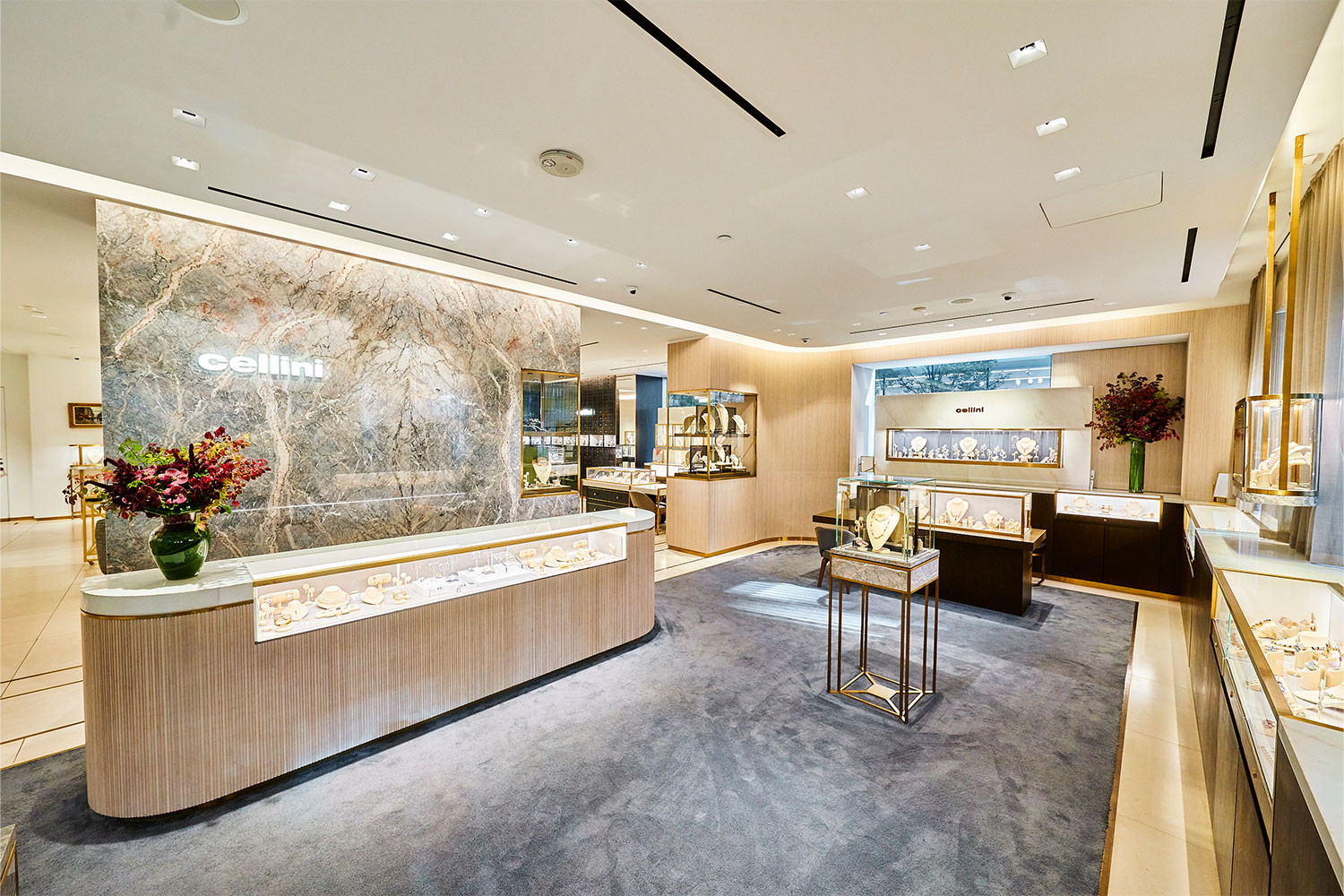
“Both stores became known as the places to see not only the best- known brands, but also up-and-coming independents.”
The shift in the horological world paved the way for its renaissance between the 1990s and early 2000s. As appreciation for fine watchmaking grew, so did the demand for high complications pieces like tourbillons and minute repeaters.
Cellini’s Jewelers opens a new home on Midtown
In May 2018, after extensive renovations over a year, Cellini officially opened its new flagship store at 430 Park Avenue (56th and Park Avenue). On his new boutique’s location, Adams says, “I wanted to be in the area of my old main store on 50th and Park, and I didn’t want to be too far from my other store.
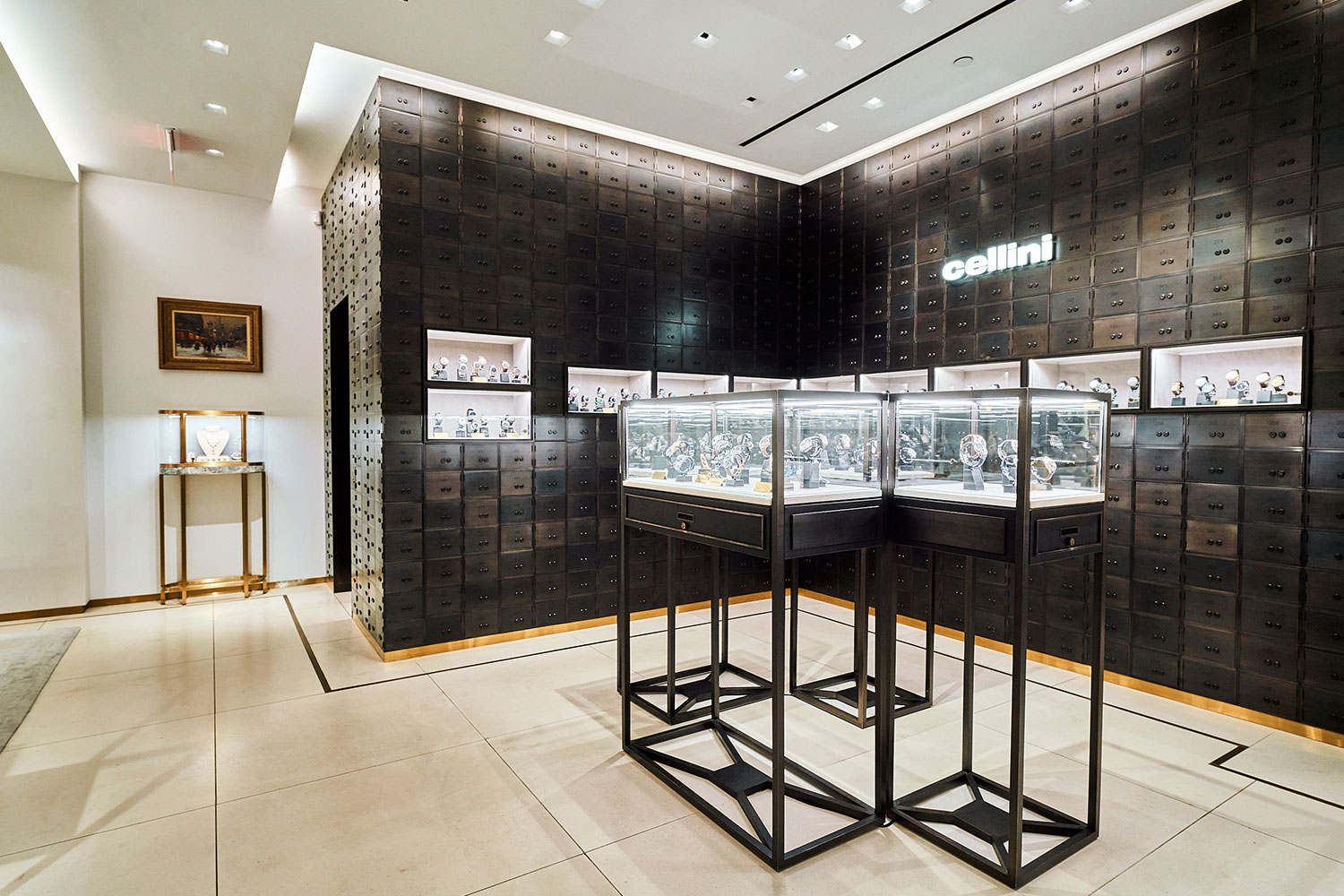
Boasting over 4,000 square feet, the sophisticated midtown boutique marked a new era for Cellini. Beyond watches, Cellini’s jewelry collections are known to be as diverse as they are magnificent. Catering to every taste, they range from the old-world artisanship of Carrera y Carrera, Fabergé and Wellendorff, to the modern craftsmanship of Pippo Perez, Sutra and Victor Velyan.

The founder’s commitment to unrivaled service and impeccable quality remains unfaltering, offering a personalized experience where patrons can lounge in the seating area or relax at the bar as they discover or create customized jewelry pieces using the rarest gems and colored diamonds available. This dedication to a bespoke service is undoubtedly one of Cellini’s many strengths because here, shopping becomes an intimate, creative collaboration between jeweler and client.
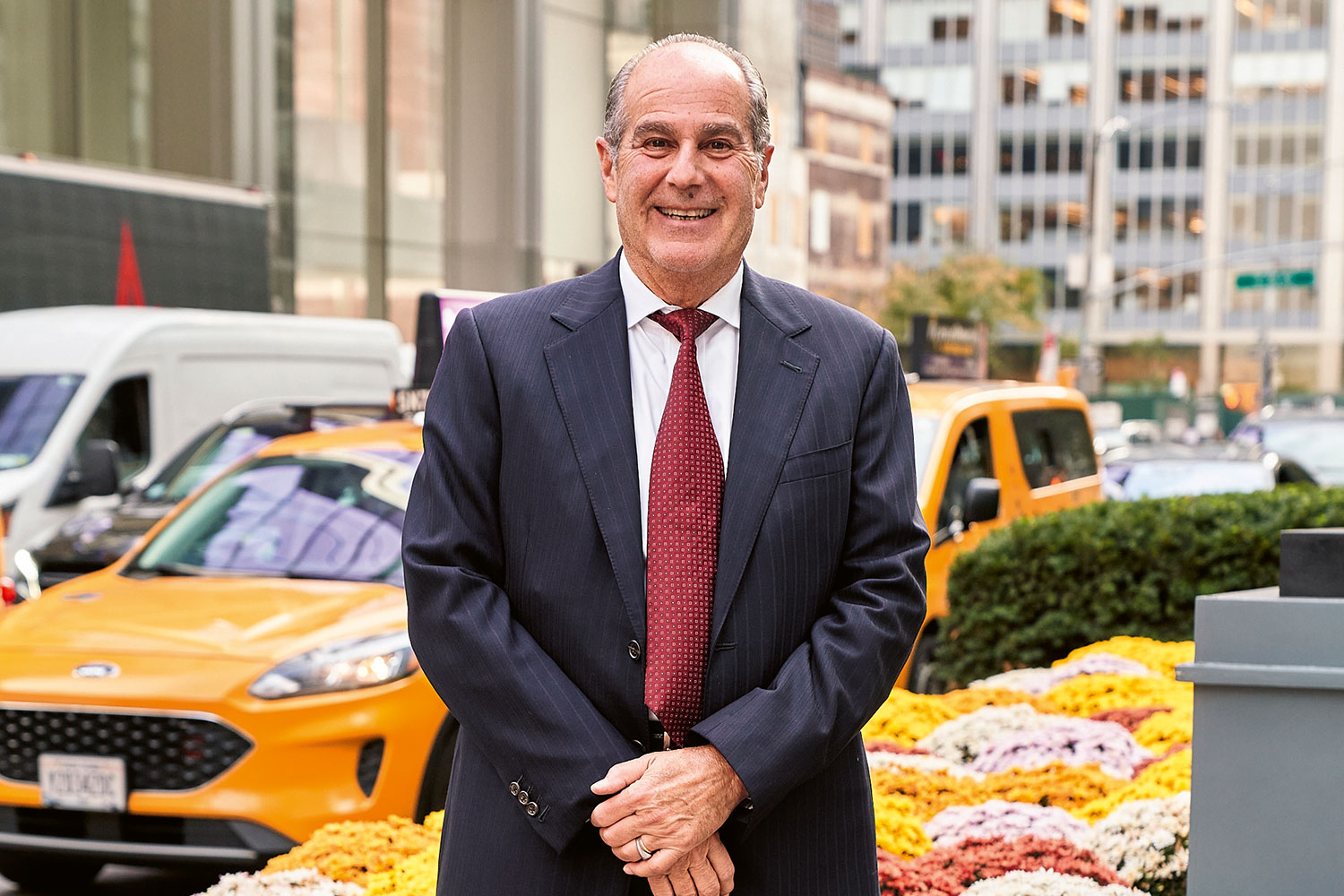
Leon Adams on the streets of New York City
“However, what truly sets us apart is our expansive collection of independent watch brands, a unique and diverse selection not found elsewhere in the United States,” elaborates Adams.
Enduring partnerships with watchmakers
By recognizing the potential of independent watchmakers, Adams has redefined what a modern retailer can be, offering something beyond the conventional brand lineup. But independent brands and watchmakers are part of Cellini’s DNA, as Adams explains, “Partnering with independents enables us to have a direct relationship with the watchmaker.
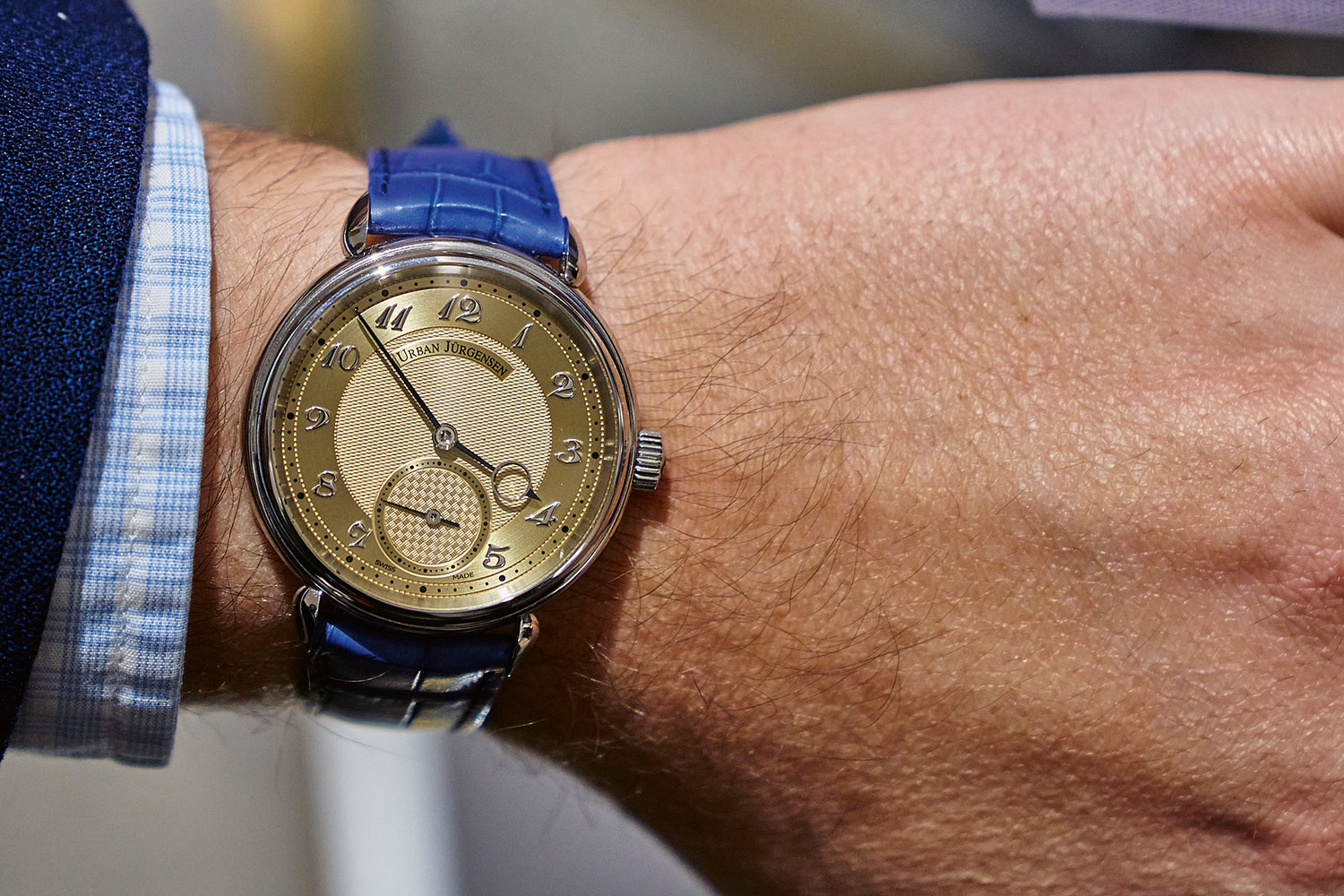
“The majority of our independents produce around 12 to 200 timepieces a year. Given the low production count, this usually means the quality and finishing of these timepieces are far superior to that of big brands.
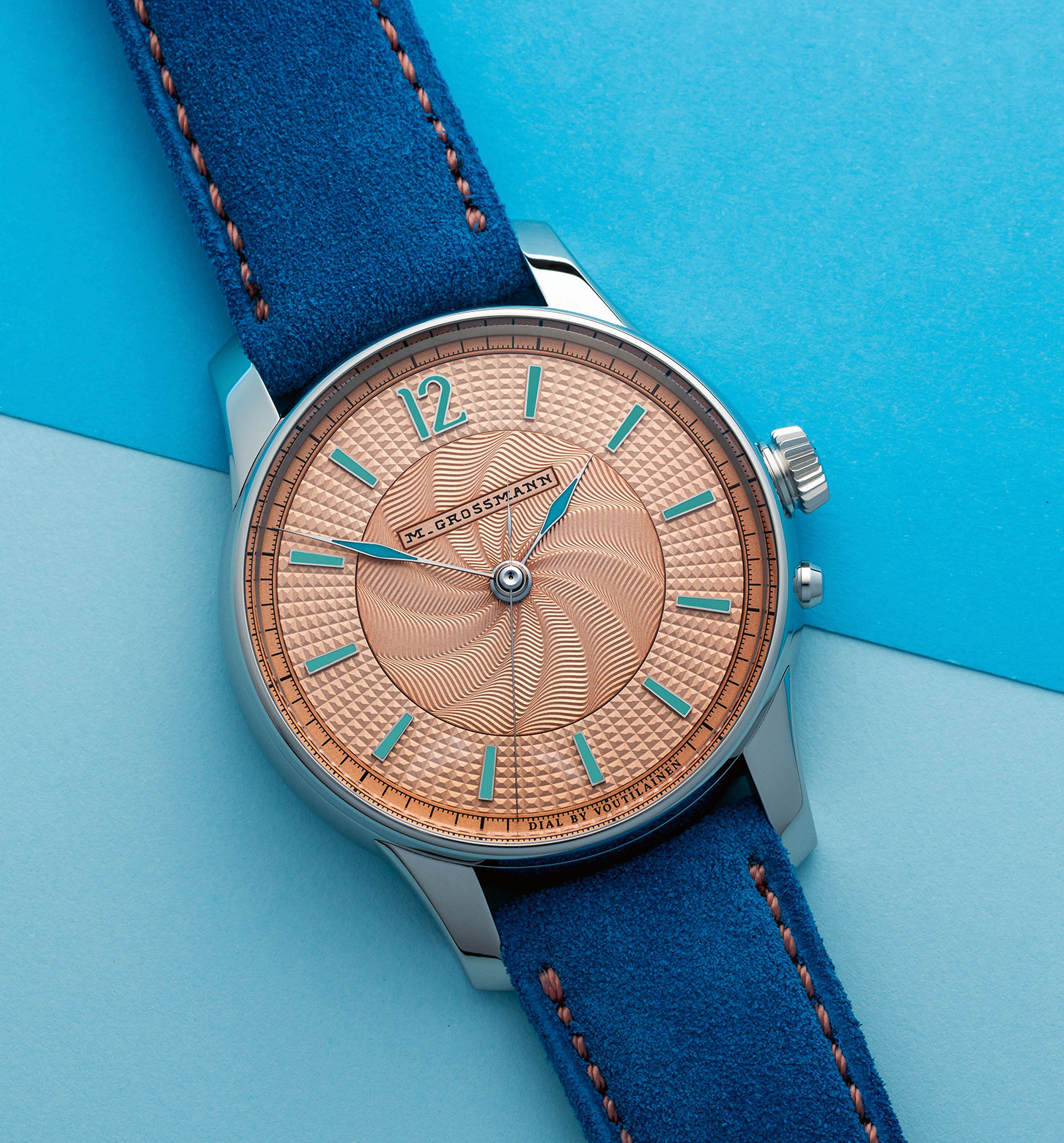
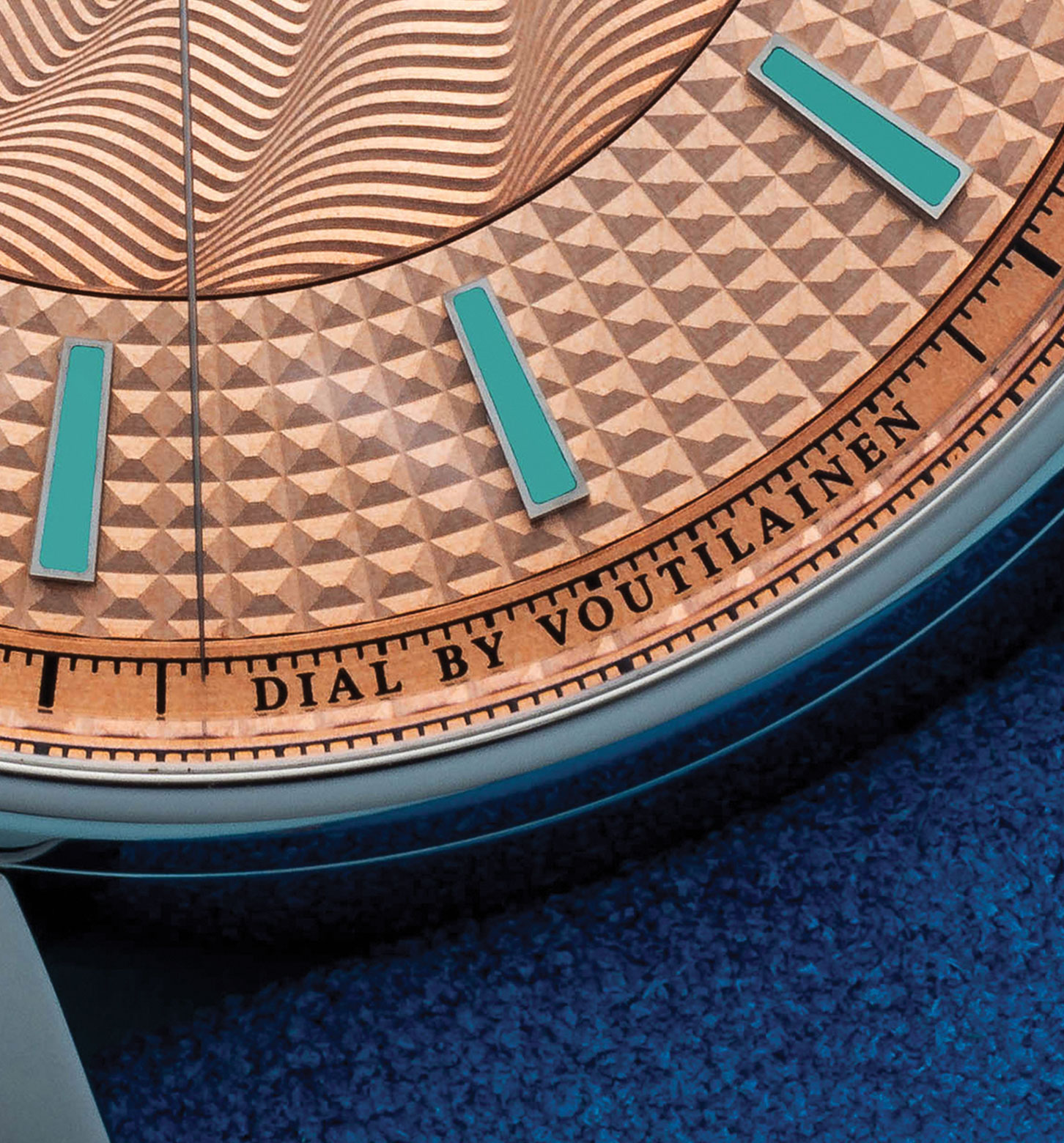
More than a retailer, Cellini is a curator of rare horological art, inviting collectors and aficionados to partake in an unparalleled retail experience. Housing around 40 fine watch brands, it’s a space where horological dreams are realized, and the beauty of craftsmanship is celebrated.
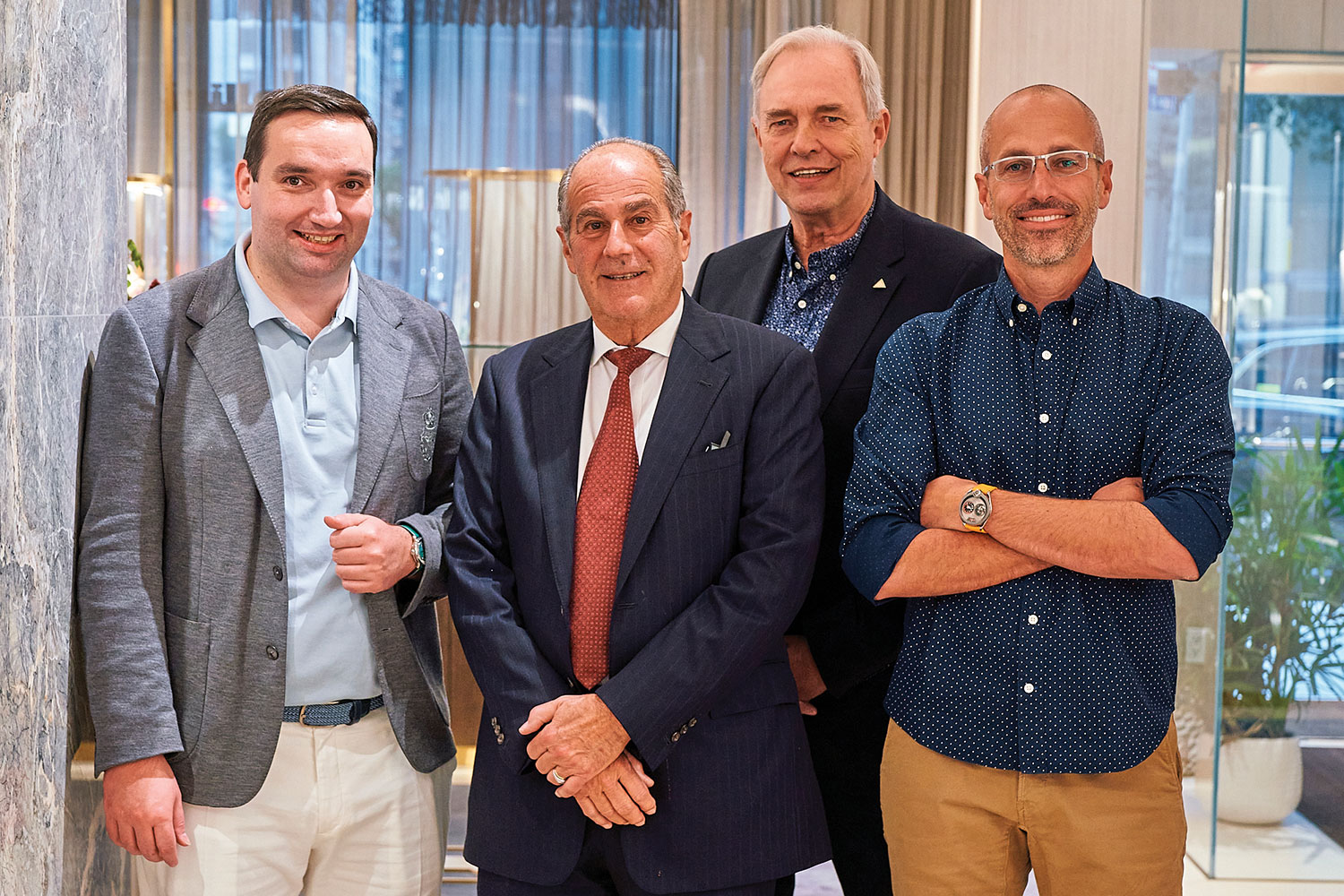
Leon Adams (second from left) with Rémi Maillat (left) and Bernhard Lederer (third from left) at Cellini's Meet the Watchmakers event
Held over two days at the boutique, aficionados, who gathered to see the latest novelties by David Candaux, Greubel Forsey, Krayon (founded by Rémi Maillat), Bernhard Lederer and MB&F, rubbed shoulders with the talented watchmakers themselves.
Encased in stainless steel for the first time in the U.S., this timepiece is a limited edition of 18 pieces, with the majority set for delivery in 2024.
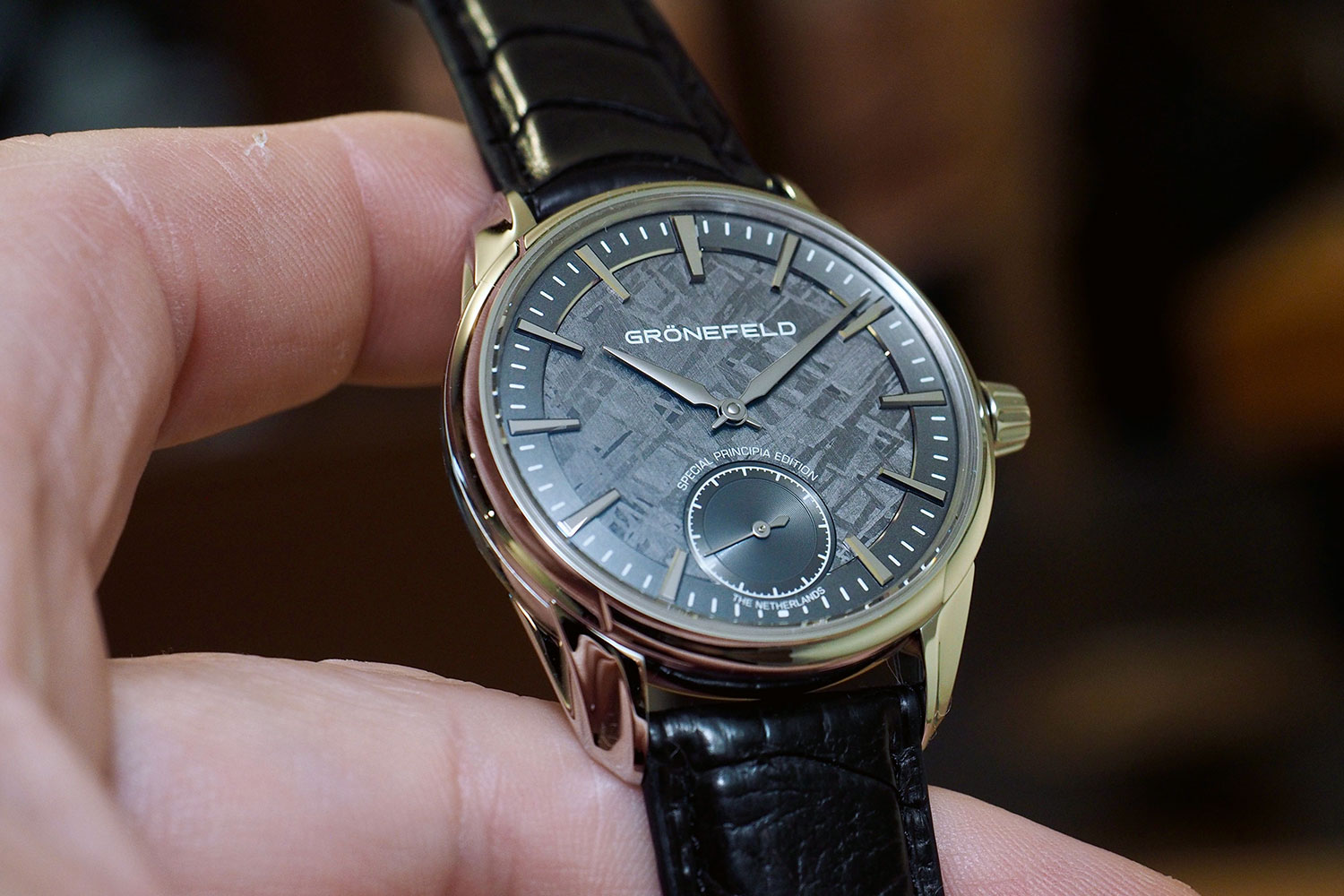
Grönefeld Principia 12-piece limited edition Cellini-exclusive in steel with a meteorite dial
Special details include “Dial by Voutilainen” at 6 o’clock, and a movement featuring triple-band sailing on the ratchet wheel that is usually not found on this particular movement. “All our collaboration pieces are highly sought-after by collectors.
The essence of Cellini Jewelers is crystal clear: it is a destination for all who appreciate the intricacy and artistry of fine watchmaking and jewelry design. With a focus on innovation and a deep understanding of the collector’s psyche, Cellini is and will remain a well-beloved chapter in New York City’s luxury landscape.




